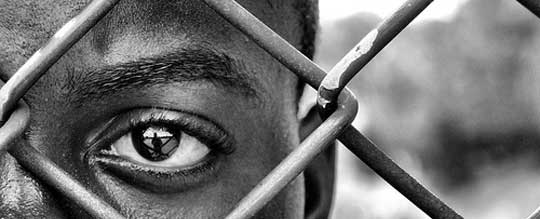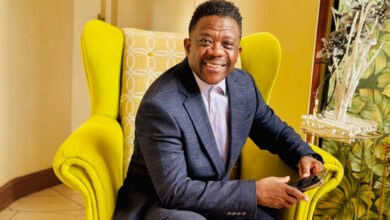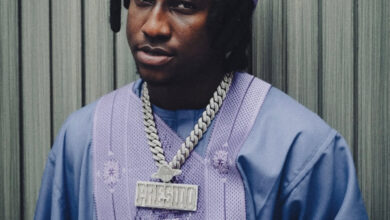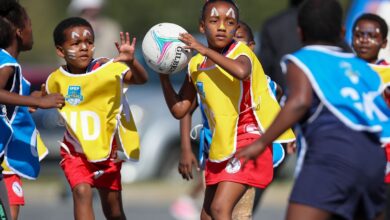World’s Poorest Countries

10. Sao Tome and Principe
Poverty rate: 66.2%
Population: 168,526
GDP: $248 million
GDP per capita: $1,473
São Tomé and Príncipe , is a Portuguese-speaking island nation in the Gulf of Guinea, off the western equatorial coast of Central Africa. It consists of two archipelagos around the two main islands: São Tomé and Príncipe, located about 140 kilometres (87 mi) apart and about 250 and 225 kilometres (155 and 140 mi), respectively, off the northwestern coast of Gabon. Both islands are part of an extinct volcanic mountain range. São Tomé, the sizable southern island, is situated just north of the equator. It was named in honour of Saint Thomas by Portuguese explorers who arrived at the island on his feast day.With an estimated population of 172,000(2012), São Tomé and Príncipe is the second-smallest African country (Seychelles is the smallest African country). It is also the smallest Portuguese-speaking country.
9. Sierra Leone
Poverty rate: 66.4%
Population: 5,997,486
GDP: $2.24 billion
GDP per capita: $374
Sierra Leone , is a country in West Africa that is bordered by Guinea to the northeast, Liberia to the southeast, and the Atlantic Ocean to the southwest. Sierra Leone is a constitutional republic with a directly elected president and a unicameral legislature. The country has a tropical climate, with a diverse environment ranging from savannah to rainforests. The country covers a total area of 71,740 km2 (27,699 sq mi) and with an estimated population of 6 million (2011 United Nations estimate)
8. Burundi
Poverty rate: 66.9%
Population: 8,575,172
GDP: $2.33 billion
GDP per capita: $271
Burundi , is a landlocked country in the Great Lakes region of Eastern Africa, bordered by Rwanda to the north, Tanzania to the east and south and the Democratic Republic of the Congo to the west. Its capital is Bujumbura. Although the country is landlocked, much of the southwestern border is adjacent to Lake Tanganyika.
7. Madagascar
Poverty rate: 68.7%
Population: 21,315,135
GDP: $9.95 billion
GDP per capita: $467
Madagascar, is an island country in the Indian Ocean, off the southeastern coast of Africa. The nation comprises the island of Madagascar (the fourth-largest island in the world), as well as numerous smaller peripheral islands. Following the prehistoric breakup of the supercontinent Gondwana, Madagascar split from India around 88 million years ago, allowing native plants and animals to evolve in relative isolation. Consequently, Madagascar is a biodiversity hotspot; over 90 percent of its wildlife is found nowhere else on Earth. The island’s diverse ecosystems and unique wildlife are threatened by the encroachment of the rapidly growing human population.
6. Eritrea
Poverty rate: 69.0%
Population: 5,415,280
GDP: $2.61 billion
GDP per capita: $482
Eritrea is a country in the Horn of Africa. Eritrea is the Italian form of the Greek name Ἐρυθραία (Erythraía ), meaning “red [land]”. With its capital at Asmara, it is bordered by Sudan in the west, Ethiopia in the south, and Djibouti in the southeast. The northeastern and eastern parts of Eritrea have an extensive coastline along the Red Sea, directly across from Saudi Arabia and Yemen. The nation has a total area of approximately 117,600 km2 (45,406 sq mi), and includes the Dahlak Archipelago and several of the Hanish Islands.
5. Swaziland
Poverty rate: 69.2%
Population: 1,067,773
GDP: $3.98 billion
GDP per capita: $3,725
Swaziland, , is a landlocked country in southern Africa, bordered to the north, south and west by South Africa, and to the east by Mozambique. The nation, as well as its people, are named after the 19th-century king Mswati II.
4. Democratic Republic of Congo
Poverty rate: 71.3%
Population: 67,757,577
GDP: $15.64 billion
GDP per capita: $231
The Democratic Republic of the Congo, is a country located in Central Africa. It is the largest country in Sub-Saharan Africa by area and the eleventh largest in the world. With a population of over 75 million,[1] the Democratic Republic of the Congo is the nineteenth most populous nation in the world, the fourth most populous nation in Africa, as well as the most populous officially Francophone country.
3. Zimbabwe
Poverty rate: 72%
Population: 12,754,378
GDP: $9.9 billion (72nd lowest)
GDP per capita: $776 (25th lowest)
Zimbabwe, is a landlocked country located in southern Africa, between the Zambezi and Limpopo rivers. It is bordered by South Africa to the south, Botswana to the southwest, Zambia to the northwest and Mozambique to the east. The capital is Harare. Zimbabwe achieved de jure sovereignty from the United Kingdom in April 1980, following 14 years as an unrecognised state under the conservative white minority government of Rhodesia, which unilaterally declared independence in 1965.
2. Equatorial Guinea
Poverty rate: 76.8%
Population: 720,213
GDP: $19.79 billion
GDP per capita: $27,478
Equatorial Guinea is a small country located in Central Africa, with an area of 28,000 square kilometres (11,000 sq mi). It has two parts, an insular and a mainland region. The insular region consists of the islands of Bioko (formerly Fernando Pó) in the Gulf of Guinea and Annobón, a small volcanic island south of the equator. Bioko island is the northernmost part of Equatorial Guinea and is the site of the country’s capital, Malabo. The island nation of São Tomé and Príncipe is located between Bioko and Annobón. The mainland region, Río Muni, is bordered by Cameroon on the north and Gabon on the south and east. It also includes several small offshore islands (such as Corisco, Elobey Grande, and Elobey Chico).
1. Haiti
Poverty rate: 77%
Population: 10,123,787
GDP: $7.35 billion
GDP per capita: $726
Haiti , is a Caribbean country. It occupies the western, smaller portion of the island of Hispaniola, in the Greater Antillean archipelago, which it shares with the Dominican Republic. Ayiti (land of high mountains) was the indigenous Taíno or Amerindian name for the island. The country’s highest point is Pic la Selle, at 2,680 metres (8,793 ft). The total area of Haiti is 27,750 square kilometres (10,714 sq mi) and its capital is Port-au-Prince. Haitian Creole and French are the official languages.




